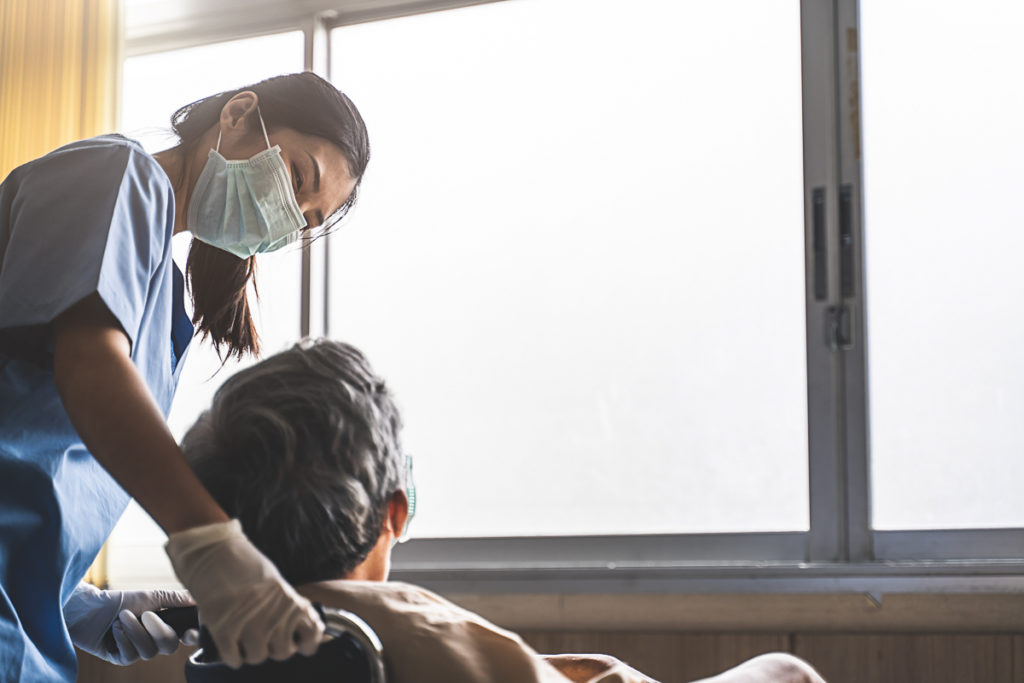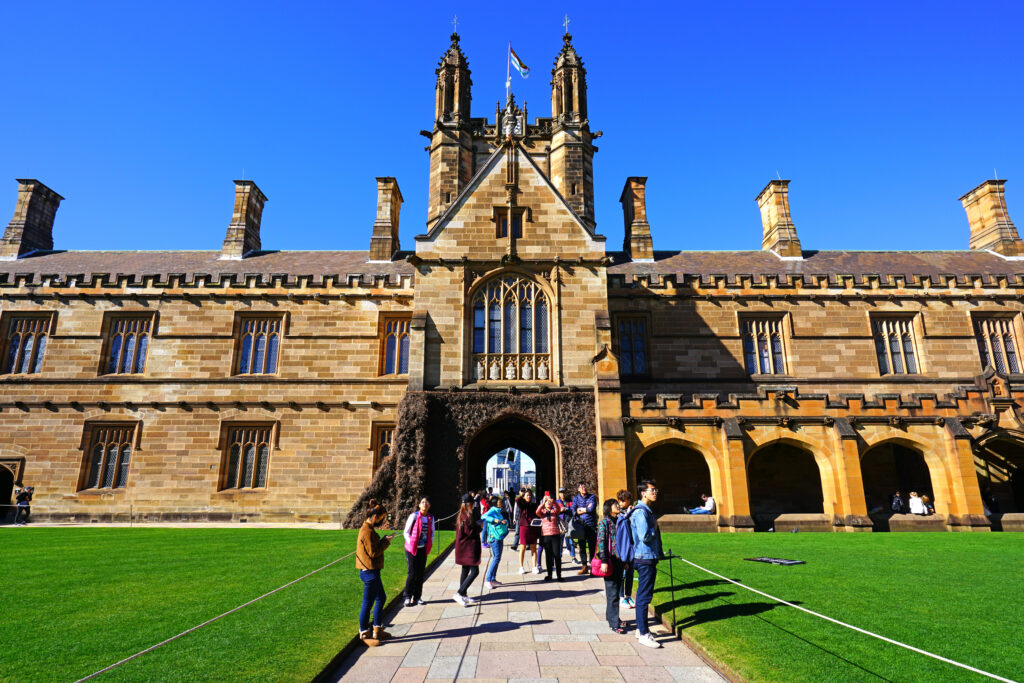The Australian Government has just unveiled a new initiative called the Commonwealth Prac Payment (CPP), designed to help students who are struggling financially while completing mandatory practical placements.
From mid-2025, eligible university and TAFE students will receive a weekly payment of $331.65 while on placement, aimed at easing the cost-of-living burden. Many students in health and education courses are required to complete hundreds of hours of unpaid practical work, often forcing them to reduce or quit their part-time jobs. This new payment is a long-overdue step toward addressing “placement poverty”.
Are international students eligible for the CPP during mandatory practical placements?
Unfortunately, the short answer is no. International students are not eligible for the CPP at this stage.
It’s important to note, however, that the program has only recently been announced and has so far received mixed feedback. As it continues to roll out to education providers and public pressure for more inclusion builds, there may be future updates to eligibility criteria.
Who is currently eligible for financial support during practical placements?
At this stage, the payment will be available only to students studying nursing, midwifery, teaching or social work. Payments will be administered through students’ individual education providers and are considered taxable income. There are also financial eligibility criteria that students must meet, such as the Need to Work Test and Income Test.
Why has this announcement been controversial?
Although many see the CPP as a positive first step, there has been criticism about the program’s limited scope. Deputy Green Leader Mehreen Faruqi called the policy “overly complex, poorly targeted and far too stingy to make a real difference.”
The weekly payment amounts to roughly $8 per hour (far below Australia’s minimum wage of $24.95 per hour) and leaves out a significant number of students who also undertake intensive placements.
Not only are international students of any discipline excluded, but domestic students in fields such as medicine, veterinary science, occupational therapy, paramedicine, and psychology are also left out, despite some of these courses requiring over 1,000-2,000 hours of unpaid placements.
This selective rollout has raised concerns about equity and fairness across the education sector.
What can international students do if they’re struggling financially during practical placement?
While the CPP is currently off-limits to international students, there may be other options available. While most international students are full-fee paying, there are several scholarships designed to alleviate financial burden. Study Australia has a detailed list of scholarship opportunities on their website. While there is nothing explicitly to support international students undertaking mandatory pracs, a scholarship or a grant may make the overall financial burden less overwhelming.
If you’re struggling financially, it’s worth reaching out to your education provider’s support services or student unions for advice. There are also services available that provide broader support to anyone struggling financially, such as the Salvation Army and City Mission, which run free food programs and can give out meal vouchers. AskIzzy is a great resource to find financial aid in your area. It’s anonymous and broken into categories such as food, mental health and everyday needs.
For now, we hope the government listens to feedback and expands the program to reflect the diversity and needs of all students in Australia, including the international cohort who contribute so much to our campuses and communities.





